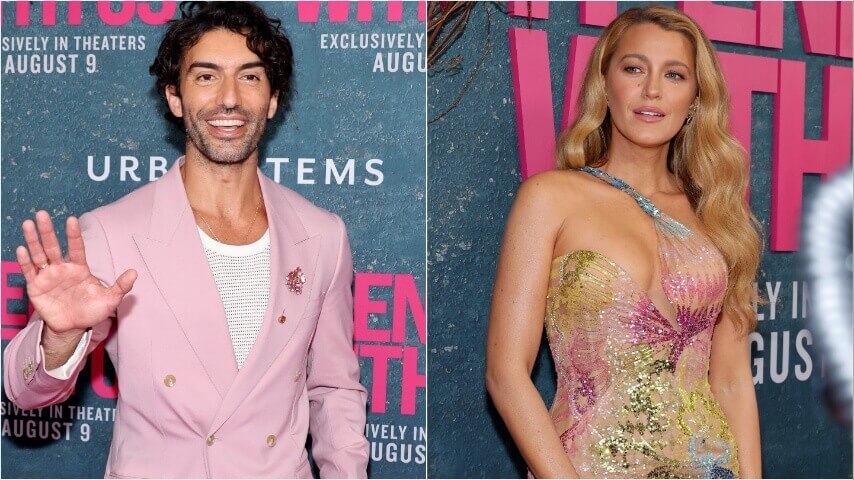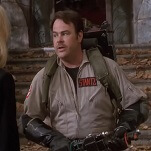It’s the latest privacy-focused salvo in a case that’s been distinguished by big disclosures on both sides since day one, as Lively and Baldoni have waged a public war to seize control of the narrative surrounding them in the aftermath of allegations that Baldoni sexually harassed Lively on the film’s set, and then engaged in a campaign of retaliation against her after its release. Lively’s legal team has argued that anything that gets disclosed to the main participants in the case is going to end up getting leaked, even if it’s just as industry gossip, a position Judge Lewis Liman agreed with, stating that sensitive materials could easily be passed around via “gossip and innuendo to those in the tight artistic community in a position to do harm to one or the other.”
Liman did limit the scope of the confidentiality, after Lively’s attorneys had previously asked that it be applied to any material “likely” to cause injury; the judge instead ruled that the higher levels of confidentiality would only apply to material “highly likely to cause significant injury.” In practical terms, it sounds like that will apply to business plans, creative ideas for future projects, medical information, security procedures, and “highly personal and intimate information about third parties.” Baldoni’s team, while granting the necessity for confidentiality (mildly ironic in a case where The New York Times has published private texts between Baldoni and his PR team, while his lawyer has put up whole web sites showcasing “receipts” focused on Lively), argued that stringent confidentiality measures would hamper the efficiency of the trial.
Judge Liman was also pragmatic about all these efforts at secrecy, though, noting that, “If you sue a high-profile person in this industry, it’s going to get picked up by the press. The stuff that’s highly relevant is going to end up being disclosed.”







































